The boundless expanse of the night sky has captivated the imaginations of humans since time immemorial. Within its inky canvas, twinkling stars form intricate patterns, weaving tales of ancient lore and myth. Amidst the vastness, storytelling emerges as a powerful tool, unlocking the secrets of constellations while kindling a deep love for astronomy within young minds. Today, PNW mom and photographer Jackleen Leed takes us on a celestial journey as we explore how the art of storytelling can transform stargazing sessions into captivating adventures, providing a gateway for children to unravel the mysteries of the cosmos, and fostering a lifelong curiosity for the wonders that lie above. Prepare to embark on a cosmic odyssey, where imagination merges with knowledge, and the night sky becomes an enchanting storybook waiting to be read.
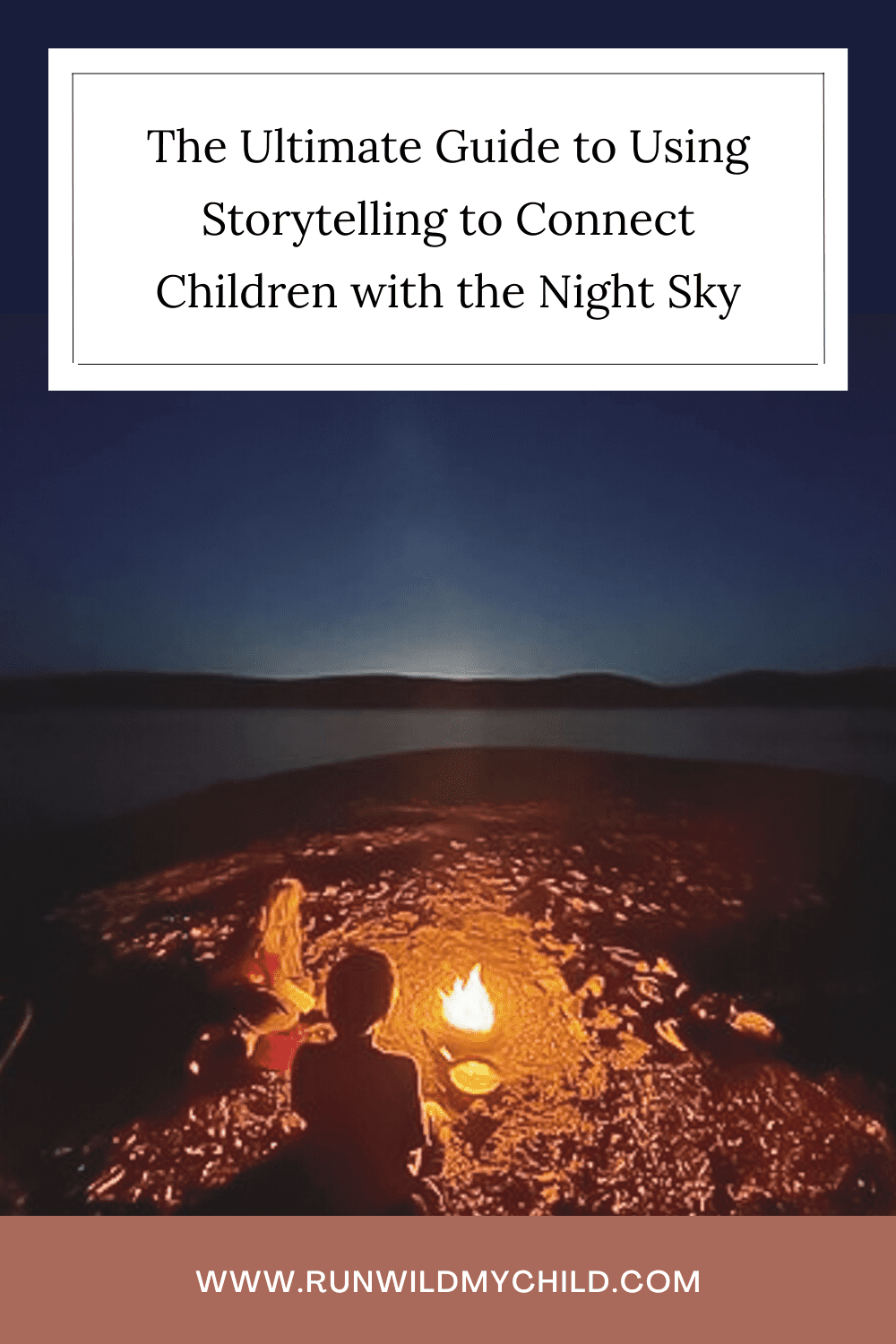
Photo Credit: @coleyraeh
The wonders of the night sky
The night sky has been captivating human beings and inspiring storytelling since the dawn of time. It only follows that our smallest humans would be equally awestruck, and not only because they have the opportunity to stay up past their bedtime (though, that certainly helps!).
The night sky is vast, mysterious, and breathtakingly beautiful. The sense of scale its magnitude provides, and the small place we occupy in the cosmos are downright humbling. It’s no wonder humans have looked to the night sky for answers, weaving stories, legends, and myths that have created various tapestries of human cultures. Storytelling is, after all, a fundamental part of human nature.
The importance of storytelling
We’ve been using stories to convey ideas and information, communicate complex concepts, entertain, evoke emotion, elicit empathy, and foster social bonding for millennia. On an even grander scale, stories have been used to pass on cultural knowledge, norms, beliefs, traditions, and values, shaping and reinforcing our very social fabric.
Let’s face it, stories are just so much more compelling than a list of semi-related facts. And because of that, they’re also more comprehensible and memorable. They help us make sense of stuff by providing a narrative that organizes and clarifies meaningful information.
Perhaps, most importantly, for our purposes, stories are engaging! They ignite the imagination, allow flexibility of thought, encourage perspective-taking, and stimulate creativity. And the best part is that children are inherent and intuitive storytellers who are generally quite happy to contribute!
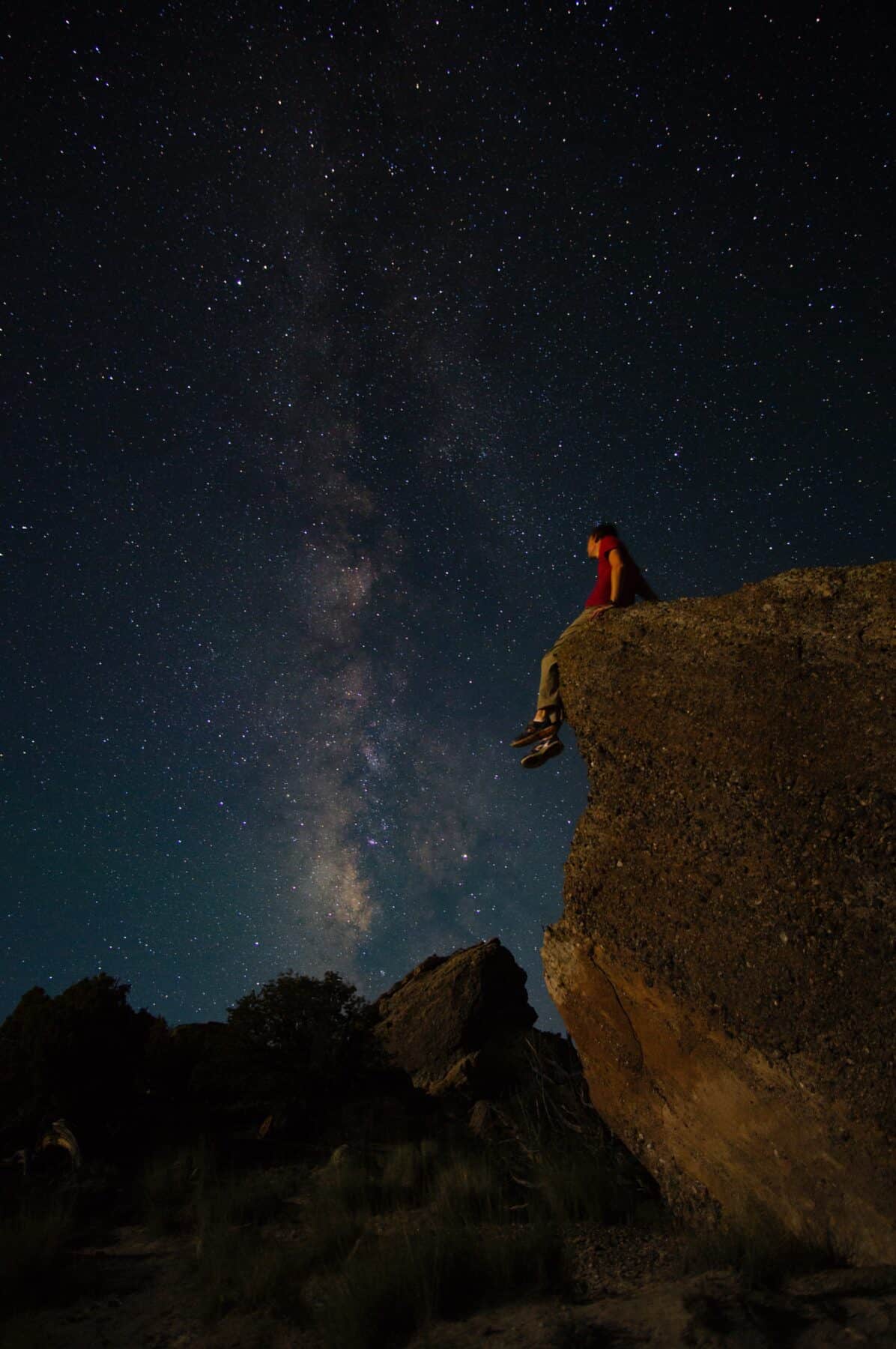
Tips for using storytelling to connect children with the night sky
It probably comes as no surprise then that coupling stargazing and storytelling is a perfect way to connect kids with nature and nurture our relationship with our children and the natural world. It’s easy to say storytelling is a powerful tool to spark children’s interest in the night sky, and another thing altogether to actually create a story. We aren’t all born storytellers. Well, we are, but that’s one of those skills we can lose through lack of use. But don’t worry, like any muscle, you can strengthen it with exercise. Follow these tips, and you’ll be a strong storyteller in no time at all!
Keep it simple
In the beginning, keep it accessible, age-appropriate, and follow your child’s cues. This may all sound like a no-brainer, but bear with me. As adults, we easily go into explaining mode. I’m pretty sure it’s our factory default setting!
Imagine your child picking up an autumn leaf and admiring it. They may even ask you, why is it red now? You, excited at the opportunity to impart some of your own vast knowledge to your offspring (besides, you know the answer this time!), quickly move into a diatribe about how plants use sunlight to make energy in a process called photosynthesis. This takes place in leaf cells that contain a green pigment called chlorophyll. Each of these cells also has a bit of yellow/orange carotenoid color…blah, blah, blah.
Your child, once filled with wonder, has now tuned you out.
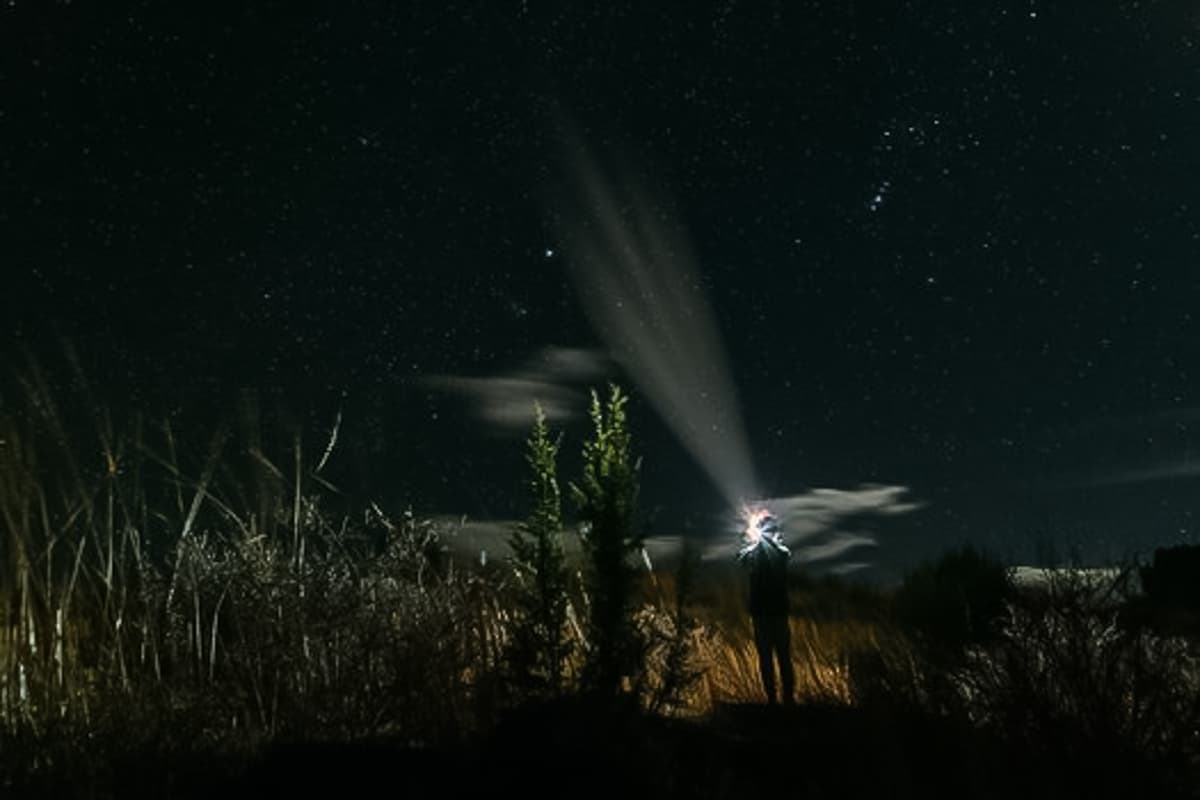
Photo Credit: @kristcx
Keep the wonder
The key word here is to keep the wonder. Children naturally survey their world with a sense of wonder. When we immediately move to explain concepts to them in a way to which they simply cannot relate, we smother that wonder. But, by being sensitive to their cues, keeping things simple and accessible (and not being afraid to ask them questions in return), we feed their wonder and flex our own wonder muscle at the same time.
By simply saying, “Hmmm, I wonder why it turned red; what do you think?” you stimulate their further inquiry. You may even be surprised at how intuitive their response is! Plus, a conversation is always more engaging than a lecture.
Your stories should be accessible, too
Using simple language and vivid imagery will stimulate your child’s imagination. There are many books with amazing stories to which you can add your storytelling flare. (Scroll to the bottom for a list of some of my favorite books filled with stories about the night sky.)
Tell stories that illustrate basic astronomy concepts, for instance, about how the constellations got their names, or how the moon has different phases.
The best stories are relatable
Don’t be afraid to pop your children into the story, or, at the very least, create characters that are similar in age in settings you know will interest them. Perhaps an alien spaceship invites them aboard, and they embark on an epic adventure to explore the stars. Isn’t that much more exciting for them than this happening to an imaginary kid they don’t know?

Photo Credit: @meghangarriott
Use lots of descriptive words to evoke a sense of wonder and encourage participation
Make the storytelling process dynamic by inviting their participation. Ask them questions. What do they think will happen next? You could even take turns going around a circle, each person building on the piece of the story that came just before.
It may get silly, but it’s a great way to bond with your child and will help them consolidate new information. When you slip in fun, age-appropriate astronomy facts, they’ll be more likely to remember them later on.
Engage their visual sense
Stories that use visual aids and props are more interesting. My 5-year-old likes a good story, but he will lose his mind over a puppet show. Including visual tactics may take the form of glow-in-the-dark stars organized into constellations on your child’s ceiling. Use a flashlight to create a glowing constellation on a wall (Mirus Toys makes a beautiful set of wooden constellation tiles for this, but you can make your own with cardboard, too!). Paint the night sky in your nature journal. Baking a moon phase pie. And, my favorite…eating the moon phase pie (see where I’m going with this?)! The more you incorporate the senses, the deeper the engagement and learning!
Storytelling is just the beginning!
Coupling night sky explorations with storytelling, not only engages children’s imaginations but can also teach complex concepts and spark a further interest in astronomy. Stargazing, visiting a planetarium, and hands-on experiments can further stoke your child’s curiosity. Go for a camping trip under the stars. Get out the telescope (if you don’t have one, you can borrow one from your local public library).
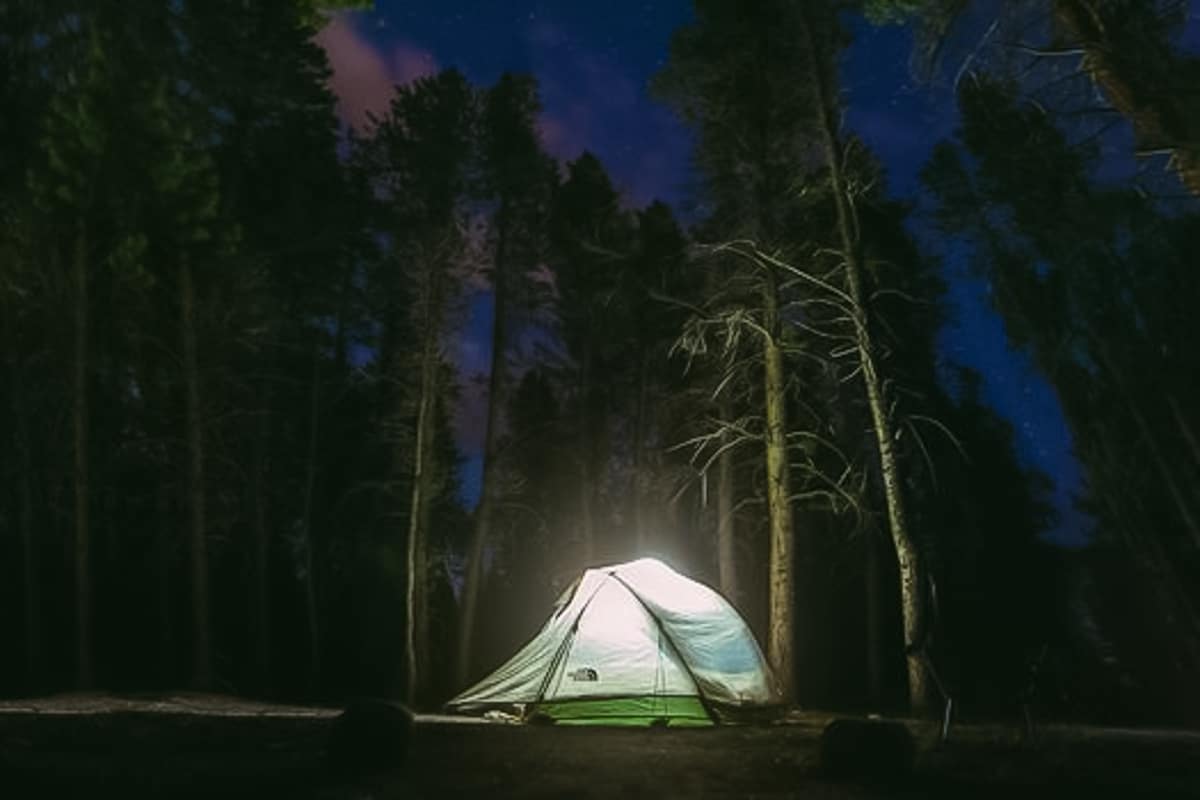
Photo Credit: @kristcx
Tips for stargazing with children
If there’s one thing that children require, it’s preparation. I know this from attempting any outing at all with my twin babies and five-year-old. We basically need an itinerary to go to the grocery store these days. But, planning a camping trip, or just throwing a blanket out in your backyard to gaze at the stars is worth the work, I promise! Here are a few things to keep in mind when preparing for a stargazing experience with little ones.
1. Choose the right time and place
I live in the Pacific Northwest, which, though gorgeous, is also known for its cloud cover and wet weather. It takes a little extra planning to ensure we’ll be able to see something in the sky. Likewise, light pollution can make it difficult to visualize the night sky. Choose a dry clear night in a location away from bright city lights.
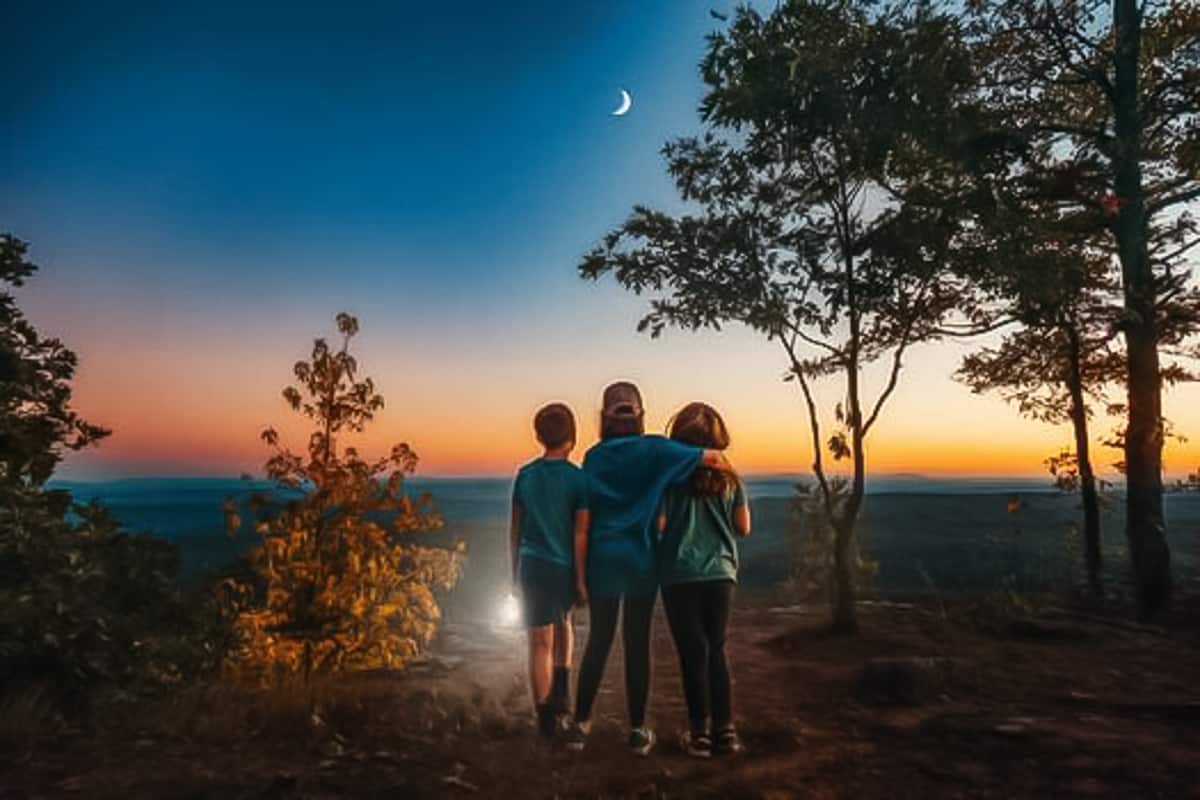
Photo Credit: @kristcx
2. Make sure your kiddos are comfortable
Dress warm, but not too warm, and bring all the snacks. Bring blankets, pillows, or chairs to sit on. Make sure you have drinks. Expert tip: Cocoa is a perfect stargazing beverage.
3. Use the tools
Bring a telescope or binoculars to get a closer look. A star chart can help you identify constellations and planets. If you have older kids, let them try out a stargazing app to help identify constellations (SkyView and Star Walk 2 are both great for beginners).
4. Know before you go
Learn a bit about the night sky before heading out to stargaze. Do a little research on the constellations. Know what will be visible at that time of year in your area. Use some of the storytelling tips and tools above to stoke their curiosity in advance.
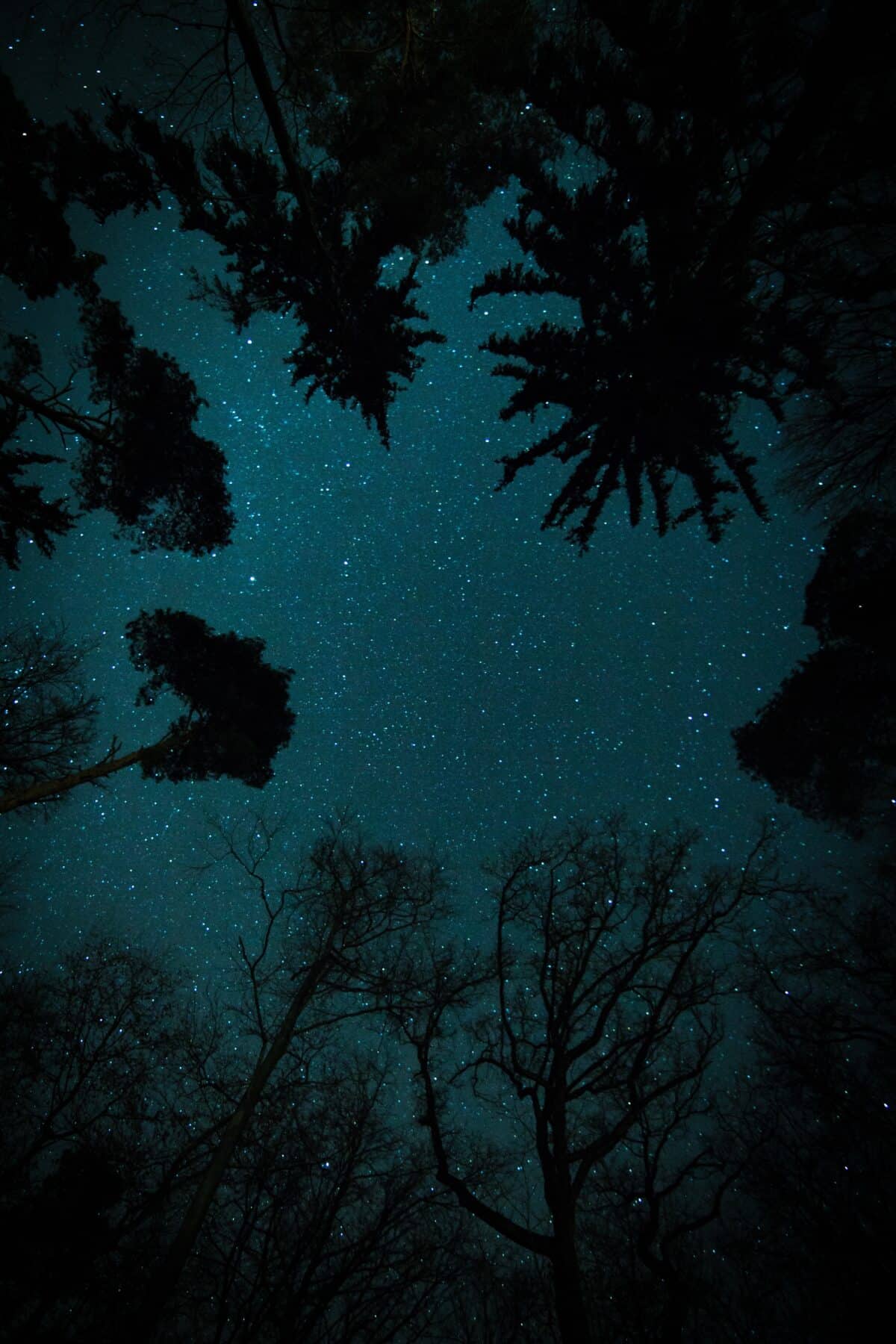
5. Slow down and move at their pace
Anything with young children requires patience. Cultivate it and be flexible. Keep your expectations reasonable and in line with your children’s ages and interest levels. Let your child set the pace, and let their curiosity drive the experience.
6. Be safe
Stargazing sometimes brings you to unfamiliar locations. Couple the unfamiliarity with darkness and potentially uneven terrain, and there’s the potential for an accident to happen. Make sure you discuss safety with your children in advance and keep an eye on them at all times.
7. Encourage curiosity and consolidation
Let them ask questions. Ask them questions. Have them write about their experience. Alternatively, they can dictate a story for you to transcribe if they aren’t writing just yet. They can then illustrate it to create a book commemorating the experience. Read and create stories about the night sky. Explore other sky phenomena as well. Above all, let their interests lead the way!
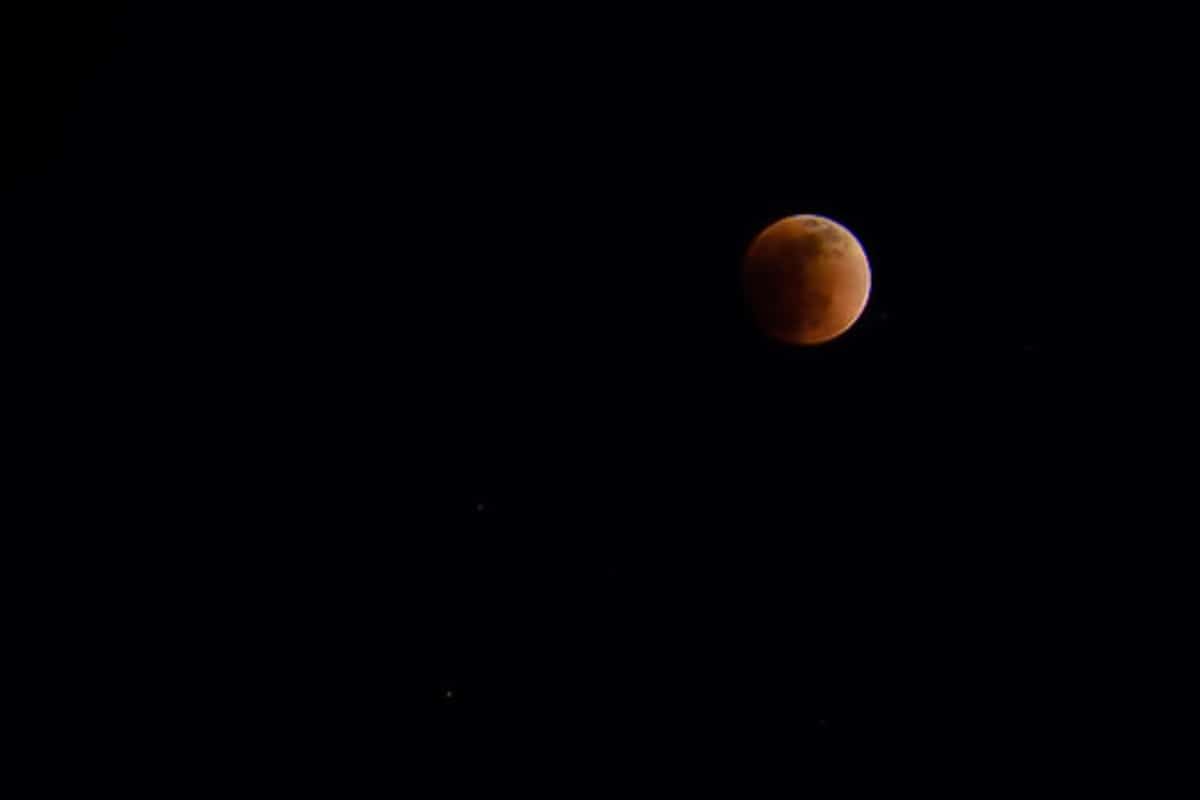
Photo Credit: @wendycoxphotography
What to look for in the night sky
The moon
Certain space phenomena are easier to locate than others. A great place to start is the moon itself! Introduce basic moon vocabulary while observing it each night. Is it a crescent, a full moon, a quarter moon, or a dark new moon? Then gradually introduce the concept of waxing and waning. If you live near a beach, you may even decide to explore the connection of the moon with the tides. Start a moon journal and get children acquainted with data collection, as they record their observations in it each night.
Constellations
Start with Orion’s Belt and the Big Dipper (part of Ursa Major). These are usually pretty easy to pinpoint. StarDate has a great constellation guide. Encourage your kids to connect the stars, kind of like connect-the-dots (you may even create a connect-the-dot constellation sheet with the dots numbered so they can practice connecting them in advance). Can they find any other pictures in the night sky?
The Milky Way
The galaxy that we find ourselves in is spectacular to observe. With the naked eye, it looks like a hazy cloud stretching across the sky. If we use a telescope to get a closer look, we can see that the “cloud” is actually a multitude of stars.
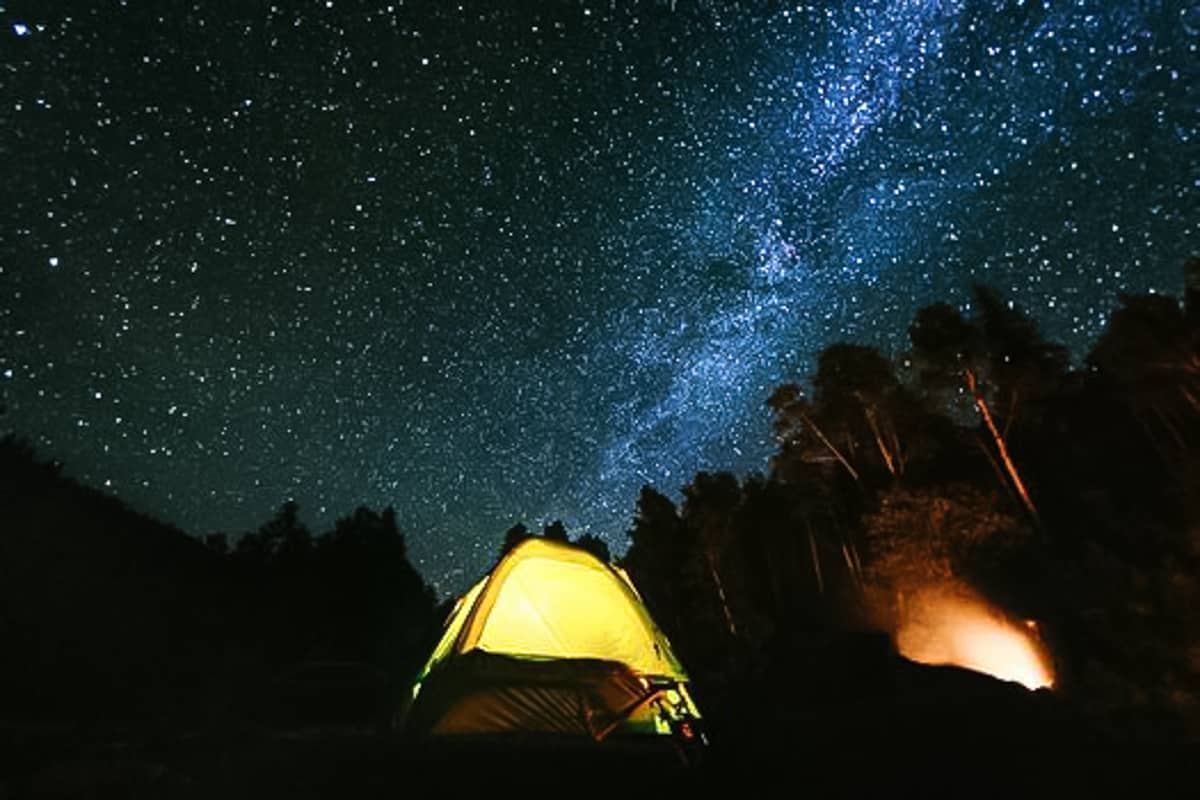
Photo Credit: @kristcx
Meteors
A space rock that falls towards the Earth, when many of these shooting stars are present at once, they are called a meteor shower. Meteors are best viewed during a new moon when the sky is extra dark. Several major meteor showers happen throughout the year. The following is a list of the major meteor showers to keep an eye out for:
- Quadrantids – December/January
- Lyrids – April
- Perseids – August
- Orionids – October
- Leonids – November
- Geminids – December

Additional resources for exploring the night sky through storytelling
- The Moon Book by Gail Gibbons
- What We See in the Stars: An Illustrated Tour of the Night Sky by Kelsey Oseid
- Star Stories: Constellation Tales from Around the World by Anita Ganeri
- A Kids Guide To Stargazing
- Time & Date– Fantastic resource for finding out what should be visible in the night sky in a location on a particular date.
Storytelling and stargazing
Nurturing a child’s curiosity about the night sky, stars, moon, and solar system is a gateway to instilling a profound appreciation for nature and our world. By unraveling the mysteries of the cosmos, we empower children to become explorers of their surroundings, fostering a sense of wonder and awe that extends far beyond the reaches of our planet. Storytelling and stargazing are amazing and complimentary ways to help kids connect with the natural world, and for the adults in their lives to flex their own wonder muscles, too! In a world increasingly dominated by technology and screens, teaching kids about the night sky through storytelling reconnects them with the natural wonders of the universe, stimulating their imagination and sparking a lifelong curiosity for the intricate tapestry of our existence. So, take some time to look up!
Have you ever been stargazing with your kids?
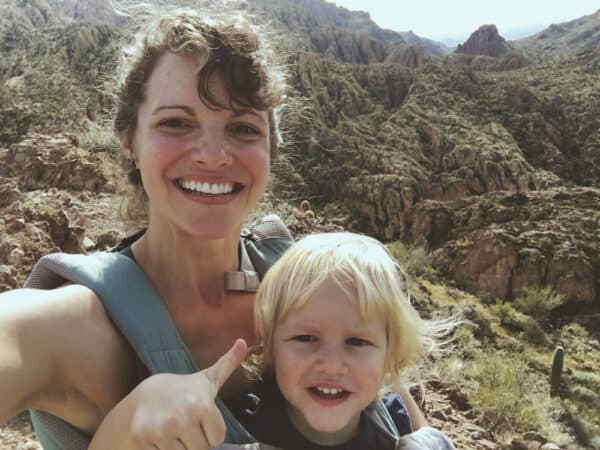
About the author
Jackie grew up in central Pennsylvania but is currently enjoying island life in the Salish Sea with her two teens, a pre-schooler, and identical twin baby girls. She specializes in soul-centered outdoor elopements on wild pieces of Earth, as well as soulful, nostalgic, and cozy storytelling photography for families wishing to reconnect with the Earth and with each other.
Jackie is a former forest preschool teacher with a Ph.D. in developmental psychology who whole-heartedly believes that Reginald Horace Blythe was right when uttering the words “Mud is the most poetical thing in the world,” and loves to spend her time in the thick of nature, usually with bare feet. Her greenhouse is her happy place. She also believes that children are big philosophers in little bodies and that we would all be better off walking through life as they do, with our eyes, ears, and hearts open to it all. To that end, she wishes to share photography as a means to live more fully and intentionally in each moment and in nature. Mostly, she just wants her children to grow up with a sense of wonder, to wander, and to have a strong passion for protecting this planet.
You can find more from Jackie in the following locations:
Instagram: @raising_little_naturalists
Website: Wild Women Wandering
RWMC posts: Jackleen Leed







